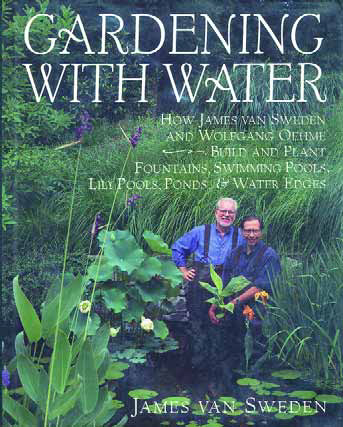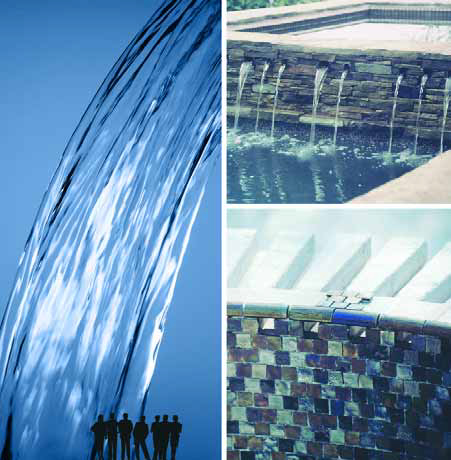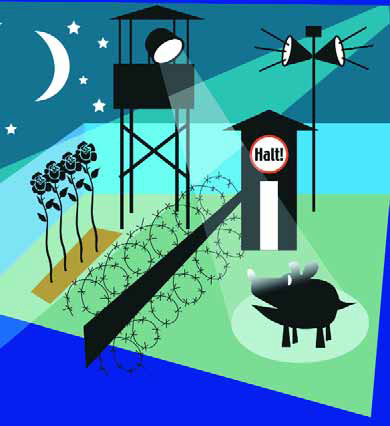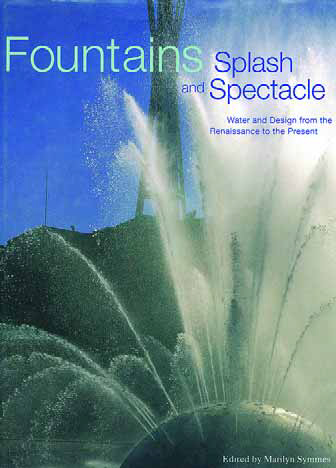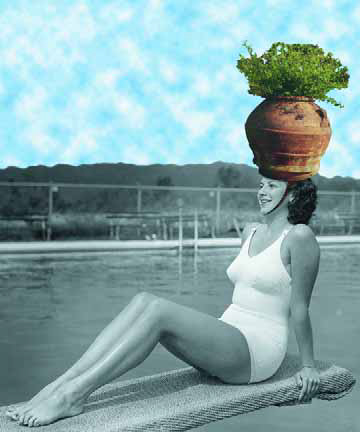ARTICLES
Advance Search
Aquatic Health
Aquatic Health, Fitness & Safety
Around the Internet
Aquatic Culture
Aquatic Technology
Artful Endeavors
Celebrity Corner
Life Aquatic
Must-See Watershapes
People with Cameras
Watershapes in the Headlines
Art/Architectural History
Book & Media Reviews
Commentaries, Interviews & Profiles
Concrete Science
Environment
Fountains
Geotechnical
Join the Dialogue
Landscape, Plants, Hardscape & Decks
Lighter Side
Ripples
Test Your Knowledge
The Aquatic Quiz
Other Waterfeatures (from birdbaths to lakes)
Outdoor Living, Fire Features, Amenities & Lighting
Plants
Ponds, Streams & Waterfalls
Pools & Spas
Professional Watershaping
Structures (Editor's Notes)
Travelogues & History
Water Chemistry
WaterShapes TV
WaterShapes World Blog
Web Links
Around the Internet
Aquatic Culture
Aquatic Technology
Artful Endeavors
Celebrity Corner
Life Aquatic
Must-See Watershapes
People with Cameras
Watershapes in the Headlines
Without any hesitation at all, I can say that Gardening with Water by James Van Sweden (Random House, 1995) is one of the most influential books on design that I've ever read. It's currently out of print, but it's certainly worth a hunt and can still be found on the Internet and in many technical bookstores. All through its 206 beautifully illustrated pages, Van Sweden carefully details his approach to designing with water - an element he says should be used in some form in every garden design. Along the way, he covers his firm's use of swimming pools (natural and architectural) as well as birdbaths, fountains, small watergardens and large ponds. It's an important book from a tremendously influential designer. In fact,
One of the skills of a good designer is the ability to recognize those situations in which less is more. The detail pictured in these pages, for example, shows how the choice to go with a small volume of moving water (as opposed to a torrent) can add immeasurably to a composition's visual strength. Using this understated approach helps the designer or builder avoid what has become one of the biggest clichés of modern pool design - that is, the outsized waterfall spilling over a single weir from a raised spa into an adjacent swimming pool. My desire to get away from that monotonous
Whenever I'd call my mother on the phone when I was a kid, she'd start the conversation by asking me, "Are you smiling?" Back then, I never gave her greeting too much thought because that's what young people do: They ignore their parents' wisdom until they realize at some point just how smart the old folks could be. As I've grown older and gained experience in business and life in general, it has occurred to me that my mom's question is important and even a bit profound. At first blush, this notion of smiling on the phone is sort of silly. After all, no one sees your face when you're on the phone, so who cares about the expression on your face? But the truth is, this question of whether or not you're smiling on the phone has everything to do with
To be honest, I've never been a huge fan of New Year's resolutions. And I especially don't cotton to all the sentimental windbagging that seems to attend the "dawning" of this new era or that. But on this occasion, and for reasons all too many and obvious, I won't shy away from
Kansas City, Missouri, proudly calls itself "The City of Fountains," and it comes by the title legitimately. In fact, more than 150 public fountains grace its plazas, boulevards, parks and public buildings, and the community has long held to a tradition of creative use of moving water and sculpture in developing its public spaces. As a resident of the city, I get a sense of civic history and our collective self-image as I look at these fountains. As a watershaper, I take additional pride in the variety of forms and styles I see and in the course of technological development that has lifted fountains to new heights of
The Getty Center is a true multi-media experience: imposing architecture, lots of people, incredible materials of construction, amazing views, diverse spaces, rich and varied sounds - and it's mostly all a bonus, because none of this has much to do with the Los Angeles center's core functions as museum and research institution. Designed by architect Richard Meier, the 750-acre campus is dominated by outsized structures wrapped in travertine, glass and enameled aluminum. It's all a bit cold (maybe time will soften the sharper edges and
For anyone designing decorative water, Fountains: Splash and Spectacle is a wonderful and useful resource. This wonderfully illustrated anthology of essays on classic fountains (edited by Marilyn Symmes and published in 1998 by Rizzoli International Publishing, New York) deftly encompasses the range of fountain designs from antiquity to modern day. From the modest Alhambra in Spain to Chicago's dramatic Buckingham Memorial, Symmes and the book's contributors weave together scores of detailed examples illustrated with beautiful photos and, in many cases, supported by sets of plans, drawings and diagrams used in creating some of the world's most beautiful and historic watershapes. Rather than approach fountains in a purely chronological or geographic context, the book is organized into eight chapters covering
People who know me are aware of the fact that I can be quite outspoken. They know I've been extremely critical of the pool and spa industry and have made it my crusade to argue that, as an industry, we need to elevate our game. My particular concern lately has to do with the areas of design and presentation. Before I get started, please note that what I'm about to say is directed mainly to readers who come to WaterShapes through what is traditionally labeled as the pool and spa industry. (To be sure, this information should also be of interest to those of you who come to watershaping from the landscape industry because it
Last month, we dug into the use of containers and accessories in garden designs and discussed ways in which they add interest, depth and dimension to almost any setting. This time, we'll get more specific and look at ways in which the same containers and accessories can be adapted to fit a particular environment and used with various design styles. To do so, let's start with long, rectangular pools (15 by 40 feet), place them in the yards of clients with different desires and see how we can blend planters into several popular styles: [ ] Contemporary: If you have a very contemporary setting with no planting beds, containers can be used to










